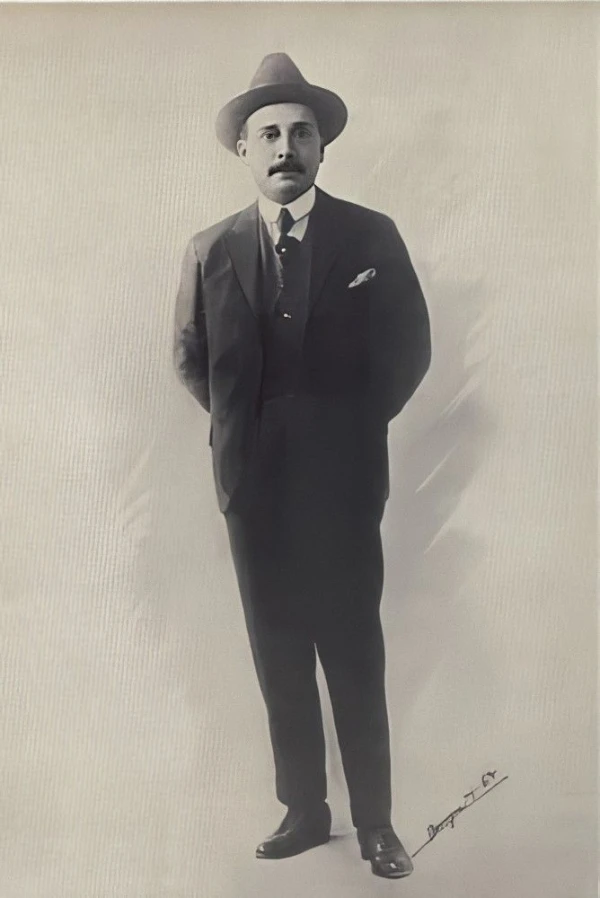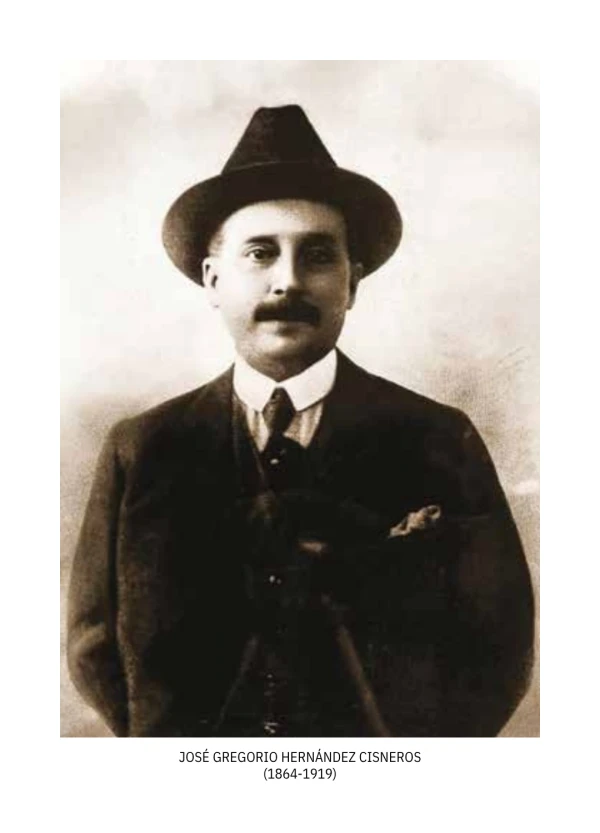This Friday, the images of the 7 future saints who will be canonized by Pope Leo XIV on Sunday, October 19, were placed in St. Peter’s Basilica. Among them are the tapestries of José Gregorio Hernández and Mother Carmen Rendiles, who will become the first Venezuelan saints.
In the case of Hernández, a layman who is recognized as a key figure in the modernizing movement of Venezuelan medicine, a photograph dating from 1917, when he was in New York City, was used to complement his studies in embryology and histology.
Receive the main news from ACI Prensa by WhatsApp and Telegram
It is increasingly difficult to see Catholic news on social media. Subscribe to our free channels today:
It is a full-body portrait, simple and sober, in which he can be seen dressed in his characteristic black suit and hat and which, with the passage of time, would become an icon of the devotion that the Venezuelan people always expressed for “the doctor of the poor” since his tragic death on June 29, 1919, after being run over by one of the six hundred vehicles that were circulating in Caracas at the time.
As a result of that photo session, Hernández would send three copies of his portrait to Venezuela: one to his friend Santos Dominici, a Venezuelan doctor, writer and diplomat; one to her friend Carmelina López de Ceballos, and the third to her brother, César Benigno.

Each of the copies was accompanied by a letter, preserved today in the historical archives of the Venezuelan Church, thanks to the efforts of his biographers and familyand where he explains the reason for taking the photograph while standing: “I don’t look good sitting down, it must be because I’m always walking.”
A “deformed image” that broke the lens
On October 2, 1917, Dr. Hernández wrote to his colleague Dominici expressing a certain nostalgia for the passage of time that, he claims, is reflected in this portrait taken in a New York studio:
“You’ll see how old age walks quickly towards me, but I console myself by thinking that beyond is the much-desired death. All this philosophy, or rather, all this melancholy, has been given to me by the student life I lead, aggravated by the sight of the photograph I’m sending you,” he wrote.
Then, he wrote to his friend Carmelina, on October 6, assuring her—with his famous sense of humor—that “bringing it to light was a true photographic triumph, since the lens broke twice with the passing of such a deformed image.”
The last copy, the one received by his brother César Benigno, was accompanied by an emotional expression of affection towards his family in Caracas. The “doctor of the poor” wrote that he decided to take his picture and send the results to Venezuela “because it seems to me that this way I am not so separated from you, something that is so hard and difficult for me to bear.”
A fashionable saint
All the biographers of the next saint agree in recognizing his love of good clothing—in addition to music and dancing—noting that since he returned from the Charterhouse of Farneta, in Italy, he “dressed in the latest fashion.”
This hobby is confirmed by the testimony of those close to him and by several of his letters. Also in 1917, he wrote from Madrid to one of his nephews, Benjamín Hernández:
“I’m sending you a cut of the dress that I want you to make sportwhich is the big fashion today throughout Europe and in New York; It is a bag that has a belt on the back. I’m sorry I don’t have a good model at the moment, but rather a soap caricature; but in it you can see the way for you to explain to the tailor; the pants are folded down. “It’s very elegant.”

A closer saint
Father Gerardino Barrachini, vice postulator of the cause of canonization of José Gregorio Hernández, confirmed that the official image of the blessed that rests today on the façade of St. Peter’s Basilica was retouched with the intention of “making him feel closer to the people.”
Adjustments were made to the photograph taken in 1917 so that the blessed man has a small smile, in addition to some changes in light and resolution.

